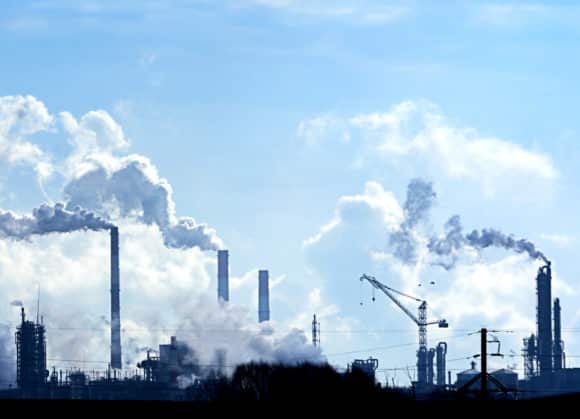FAQ’s:
What is an Environmental Lawsuit?
An environmental lawsuit typically involves contamination of some kind:
- Air pollution
- Water pollution
- Toxic waste dumping
- Marine and ocean discharges
- Heavy metal contamination
- Asbestos
- Chemical spills
- Oil spills
- Solid waste dumping
What is Toxic Exposure?
It most commonly results from inhalation or contact with the skin and may be caused by air pollution, water contamination, hazardous materials, chemical fumes, and residues.
Common Types of Toxic Exposure
Asbestos – Asbestos is a natural mineral found in soil and rocks but was commonly used in construction materials up until the 1970s and is still contained in various other products.
Lead Poisoning – Although lead is a natural metal found in the earth, it is toxic and human exposure can cause severe health problems. Cumulative exposure to lead affects multiple organs in the body and is especially harmful to children because there is no safe level of lead exposure. Lead was used in paint through the 1970s and is still permitted in some products today.
Oil Spills – Oil spills are not just harmful to the environment; they create toxic fumes that permeate the air. Oil is a mixture of toxic chemical compounds that are harmful when inhaled and can cause cancer and other illnesses.
Chemicals – A variety of chemicals, including pesticides, herbicides, and chemicals used in food production can be toxic when inhaled or if they touch the skin.
Carbon Monoxide Poisoning – This generally occurs in the home because of leakage from a variety of sources, including, gas stoves, furnaces, gas and water heaters, or even fumes from spray paint or paint remover.
Water Pollution – Water can become contaminated from numerous sources, including pesticides or other chemicals from agricultural soil run-offs, discharges of mercury, lead pipes, or other dangerous chemicals from power plants.
Air Pollution – Residential communities can be exposed to a variety of toxic air pollutants that are released from dry cleaners, gas stations, small metal plating operations and landfill sites.
Soil Contamination – Contaminated soil is dangerous to human beings when there is direct contact with skin or through inhalation of toxic chemicals that may be in the soil.
Who Can File an Environmental Lawsuit?
Class Actions:
Environmental litigation is often brought as a class action, after an individual complains about injury from an environmental pollutant such as asbestos. For example, if you live in an apartment building with asbestos and suffer adverse effects, there may be other tenants who also experience side effects and want to join your lawsuit.
Public entities:
State and local governments often bring lawsuits to recover for contamination of property they own. States also bring claims for property and natural resources they hold in trust, or as representatives of their residents.
Individuals:
Anyone who experiences property damage or bodily injury based upon environmental circumstances may be eligible to bring a claim against any entity for violation of environmental law. Even where there is no personal harm, if you are aware that an environmental law is being violated, you can file a lawsuit.
When Should I Contact an Environmental Attorney?
If you believe an individual, business, or other entity is in violation of an environmental law, speaking to an environmental lawyer might help. An environmental lawyer can evaluate a case and determine if a lawsuit is appropriate.
An attorney may also be aware if there is a class action that was filed regarding the violation, especially if a group of people has been affected by the violation in a similar way.











